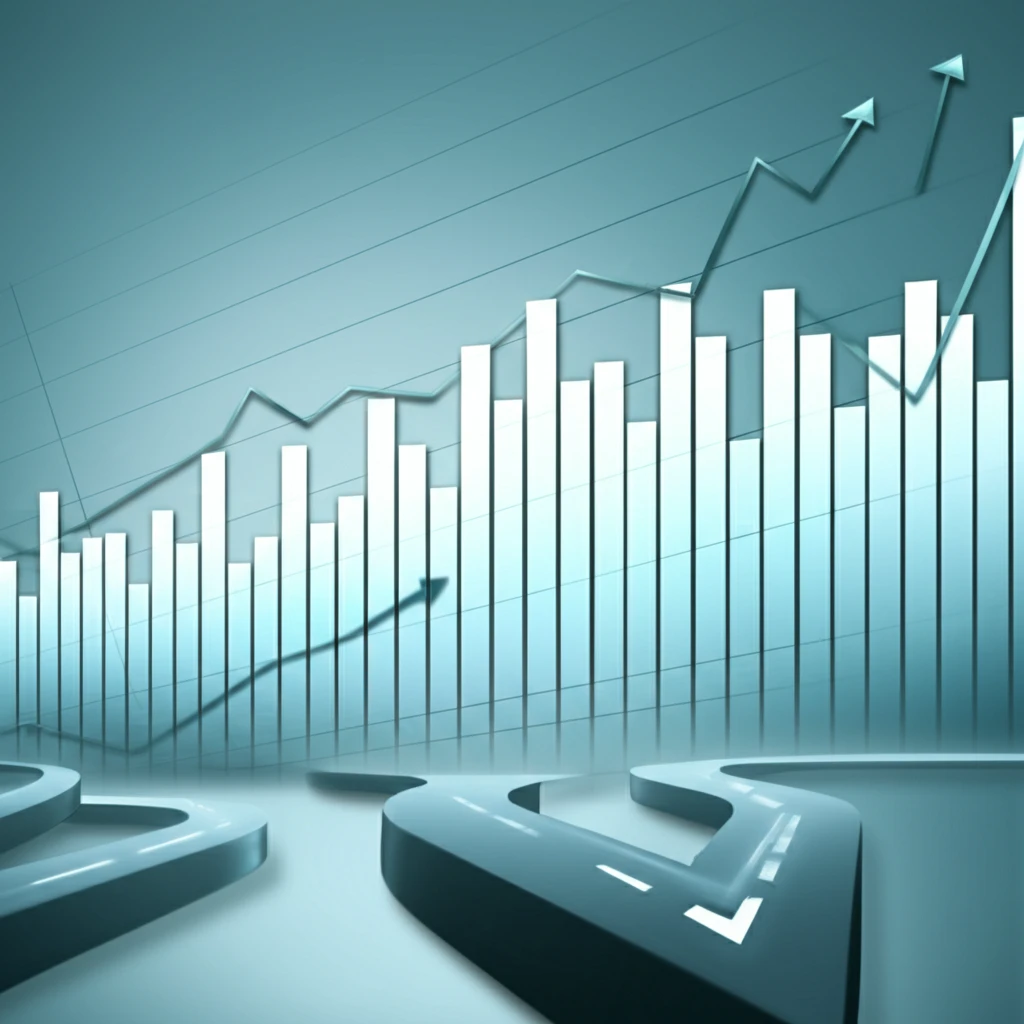
Forecasting the Future: How Conditional Forecasts are Revolutionizing Economic Predictions
"Unlock the power of precision in economic forecasting with Bayesian VARs and multiple constraints – see how this innovative approach transforms data into actionable insights."
In the world of economics, predicting the future is a constant challenge. Traditional forecasting methods often fall short, especially when dealing with complex factors and uncertainties. However, a new approach is emerging that promises to revolutionize how economists make predictions: conditional forecasting.
Conditional forecasts allow economists to project the future paths of specific economic variables based on the anticipated behavior of other related variables. For instance, they can forecast GDP growth based on different scenarios for interest rates or government spending. This method is particularly valuable for policymakers and financial institutions that need to make informed decisions based on potential economic outcomes.
Recent research has focused on enhancing the precision and efficiency of conditional forecasts, particularly within large Bayesian Vector Autoregressions (VARs). By incorporating multiple equality and inequality constraints, these models can produce more realistic and nuanced predictions. This article delves into how these advancements are changing the landscape of economic forecasting and what they mean for the future of economic policy and business strategy.
The Power of Precision: How Conditional Forecasts Work

Conditional forecasts offer a significant advantage over traditional, unconditional forecasts. While unconditional forecasts provide a general outlook without specific assumptions, conditional forecasts allow economists to explore various scenarios by setting conditions on certain key variables. This is particularly useful in a world where economic conditions are constantly shifting and influenced by numerous factors.
- Scenario Planning: Businesses can use conditional forecasts to create different strategies based on potential economic scenarios.
- Risk Management: Financial institutions can assess the impact of economic shocks on their portfolios.
- Policy Evaluation: Governments can evaluate the potential effects of different policy interventions.
The Future of Economic Forecasting: Embracing Complexity and Precision
Conditional forecasting represents a significant leap forward in economic prediction. By incorporating advanced statistical techniques and allowing for multiple constraints, these methods provide a more realistic and nuanced view of potential economic pathways. As computational power continues to grow and data becomes more readily available, conditional forecasting will likely become an even more essential tool for economists, policymakers, and business leaders alike. The ability to navigate economic uncertainty with greater precision will be critical in shaping a more stable and prosperous future.
